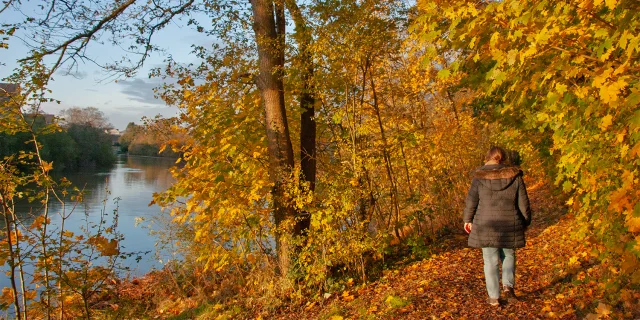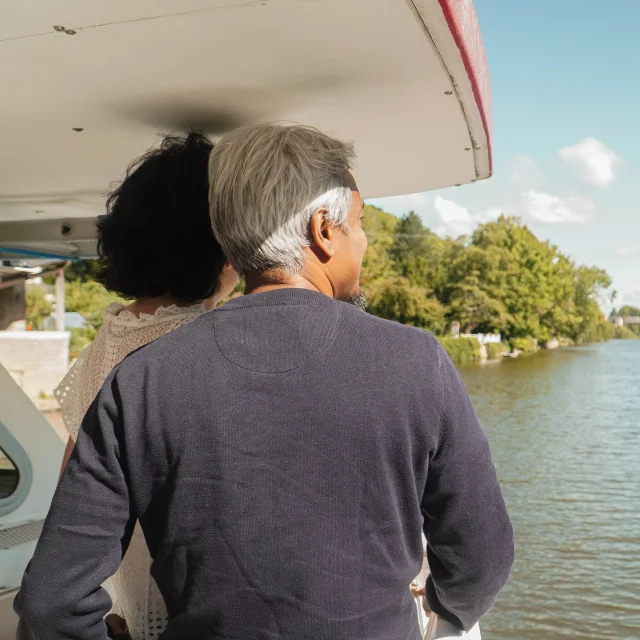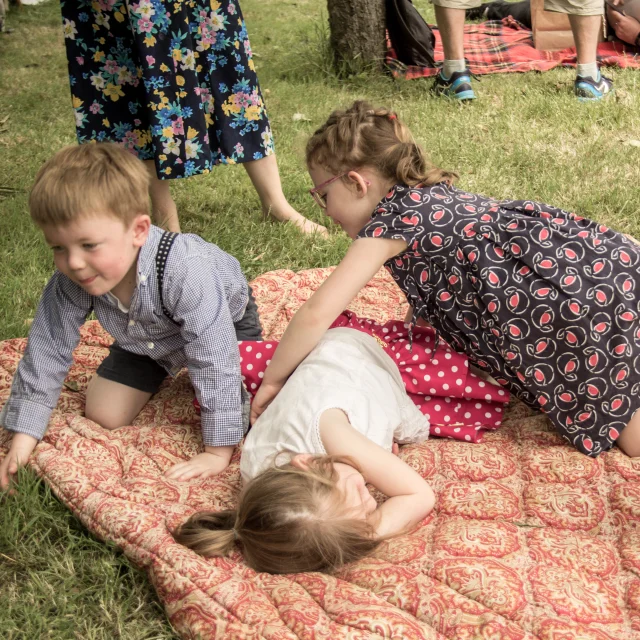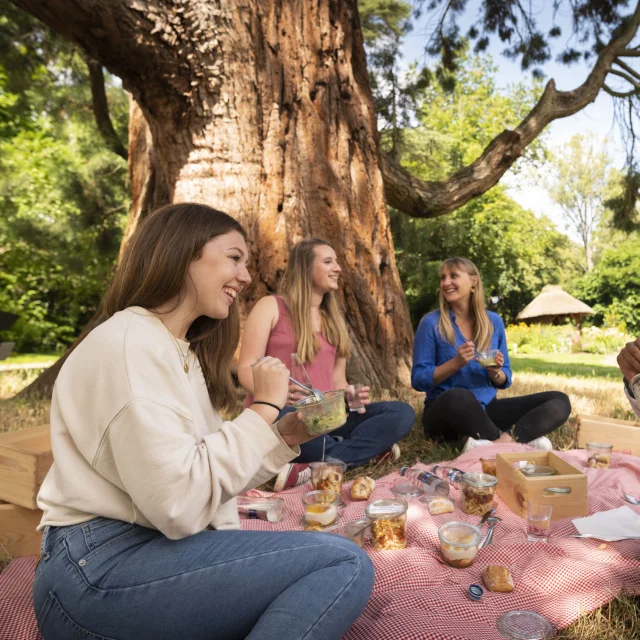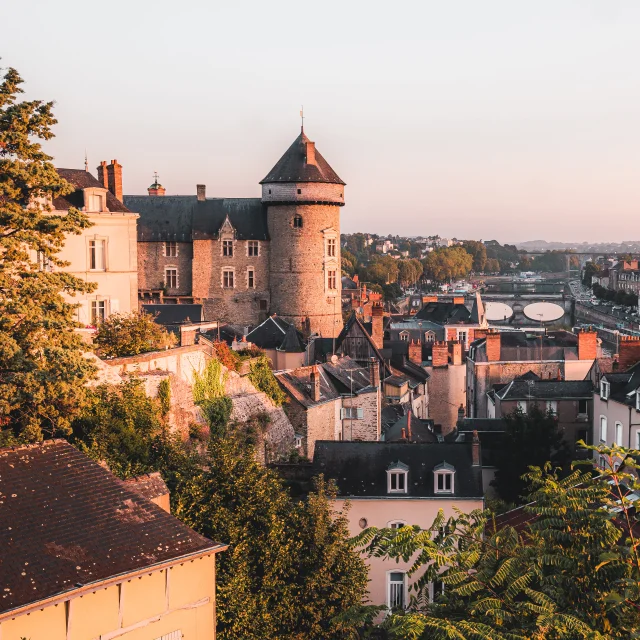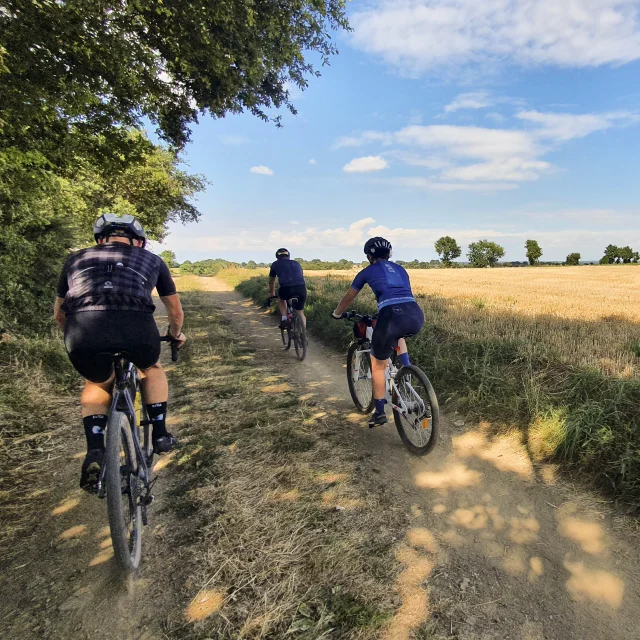Laval offers an ideal setting for a solo weekend, combining history, nature and the good life. Here are some ideas for organizing your stay:
Day 1
Arrive in Laval in the morning and visit the Tourist Office for personalized advice tailored to your needs. Then set off to explore the historic center, where you can stroll through the cobbled streets of old Laval and admire the half-timbered houses and sites steeped in history. Don’t forget to visit the market on Place de la Trémoille between 8:30 a.m. and 1:30 p.m., right in the heart of the historic center. Take the opportunity to pick up some local produce.
Noon: For a tasty lunch, head to l’Atelier Gourmand. This restaurant, which also serves as a tea room, offers two unique lunchtime menus based on fresh, local produce.
If you prefer a no-fuss, on-the-go meal, opt for B53, a burger restaurant prepared with fresh produce.
If you’re not taking a siesta, head to the Old Castle for a guided tour, departing at 3pm and 4:30pm, which takes you up the main tower. Take the opportunity to discover the MANAS, Musée d’Arts Naïfs et d’Arts Singuliers, with its rich collections and temporary exhibitions, or the QUARANTE, a hybrid and singular cultural venue.
End the day with a show or concert. Check out our events calendar to find out what’s on at Laval Agglomération.
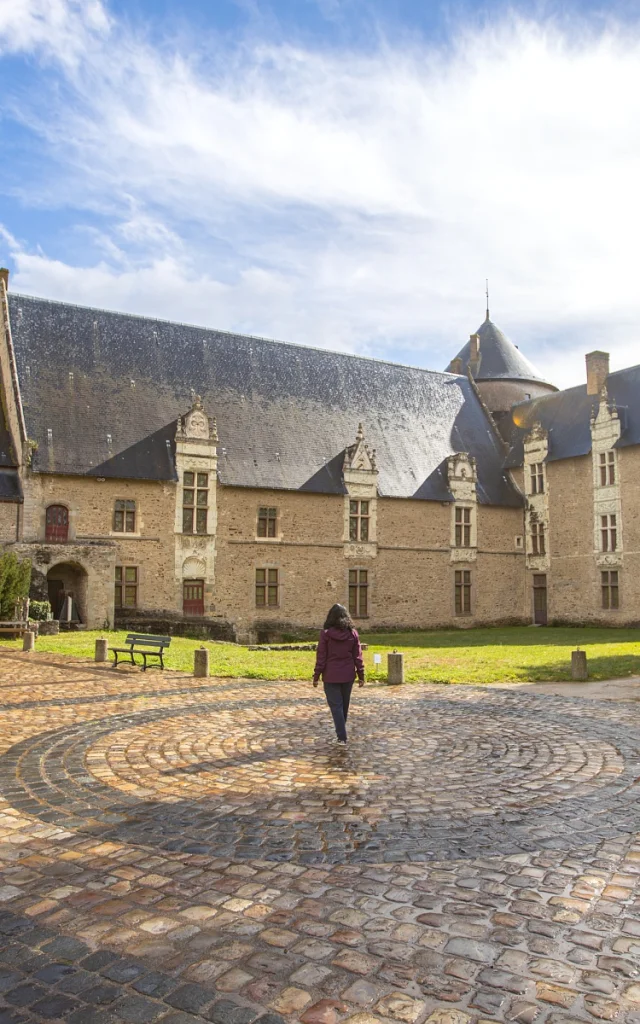


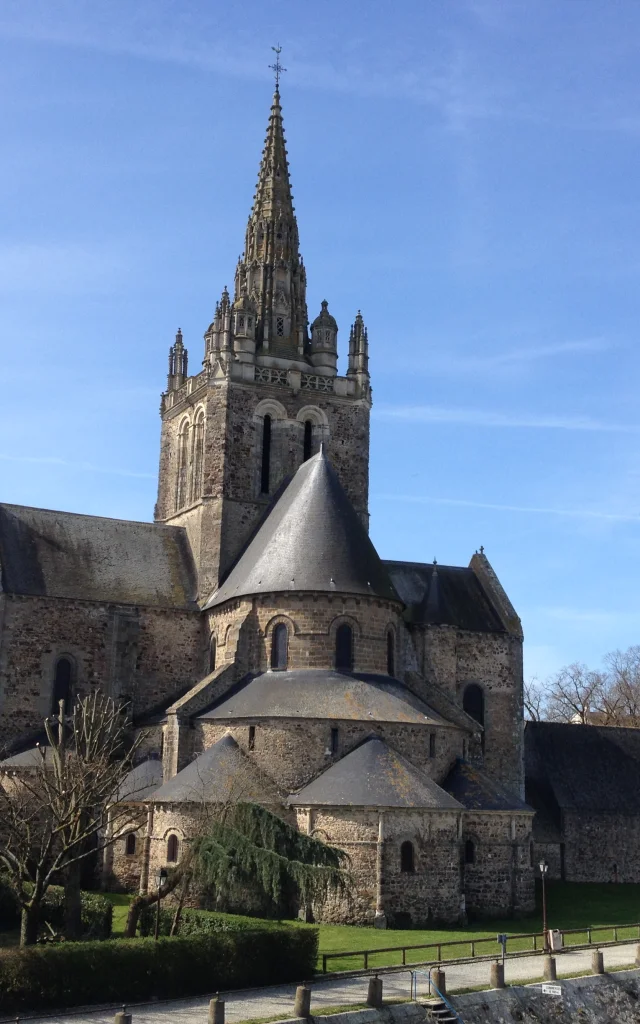
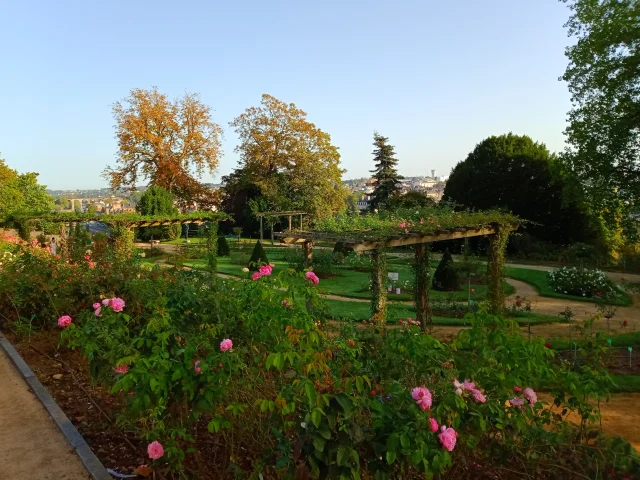
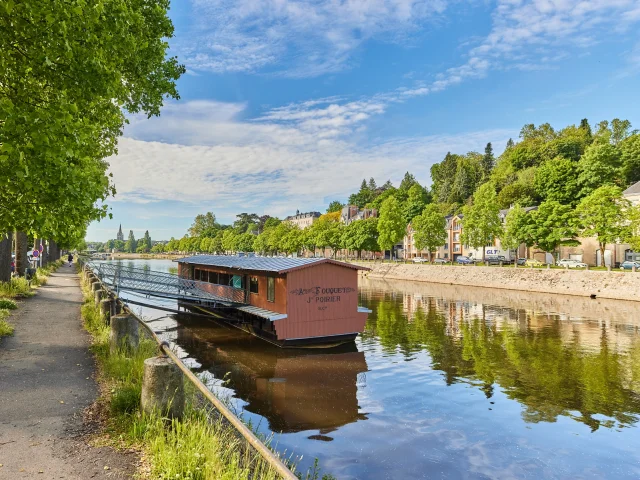
DAY 2
Start the day with a stroll through the Jardin de la Perrine. This magnificent public garden offers vast green spaces, remarkable species and a breathtaking view overlooking the city and the river. It’s the ideal place for a morning stroll to recharge your batteries.
For lunch, choose Le Petit Périgord, renowned for its gourmet cuisine. Alternatively, weather permitting, opt for a picnic in the Jardin de la Perrine, which you will have prepared the day before.
Take advantage of the afternoon in Laval to stroll along the quays and enjoy a coffee on the terrace. On the way, you may pass by the Bateau-lavoir, one of the last in Europe, the bains douches, a jewel of Art Deco architecture… or perhaps even the Basilique d’Avesnières, whose architecture combines Gothic and Renaissance elements.
